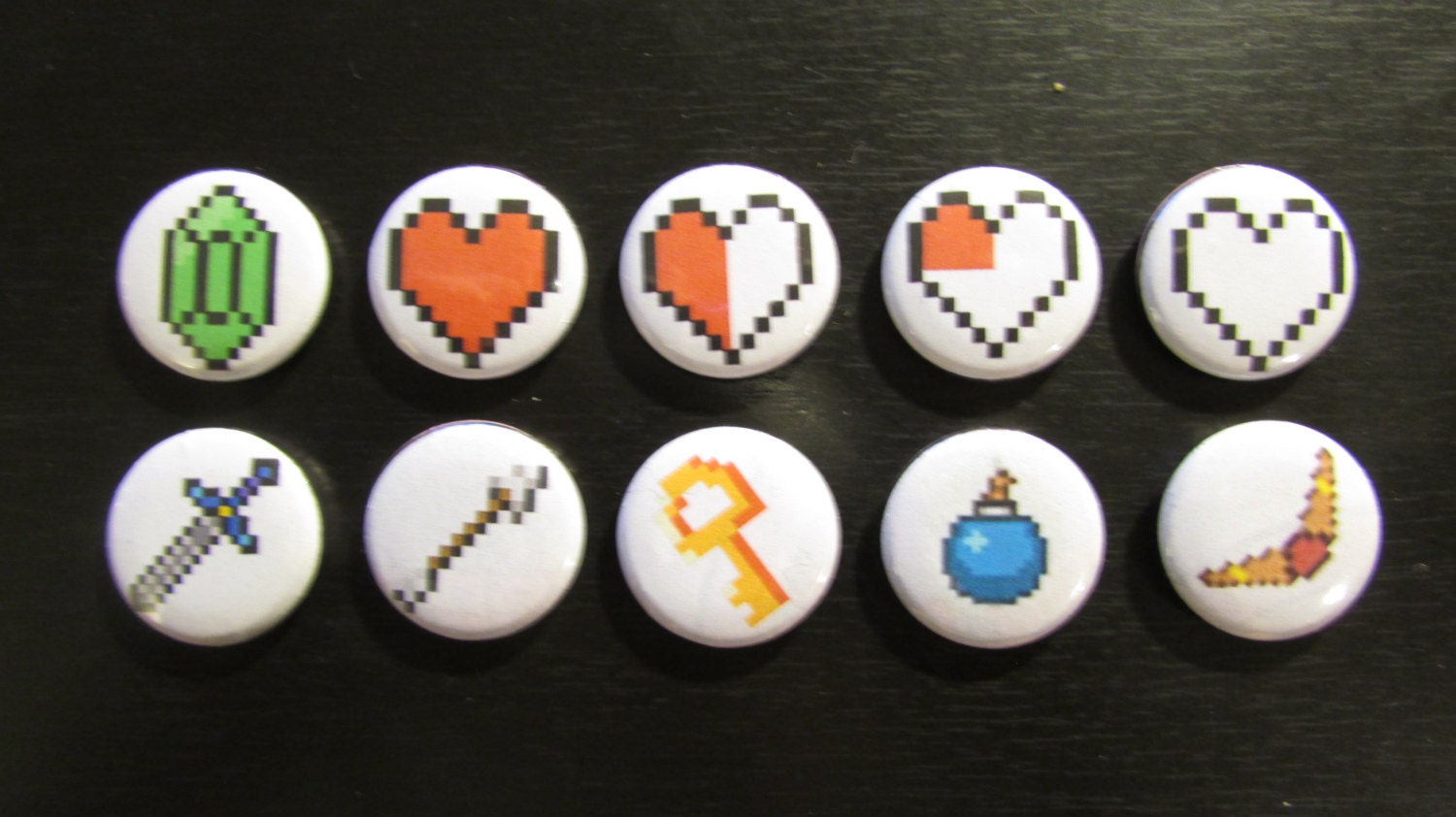
It is the intention that the list will be periodically updated, as more of the backmarks are confirmed. For this reason, those backmarks that have actually been seen by the writer - either by viewing the buttons directly, or photographs of them - are shown in an emboldened font. It is not always clear from the sources whether the name and address are actual backmarks used by the companies, or simply their details, as obtained from trade directories and other primary sources. If the address is not part of the backmark, the ‘Address’ field will be empty. In the list, the backmark is always the combination of the ‘Name’ and ‘Address’ fields. They also occasionally include a pictorial trademark, such as the Prince of Wales plume found on Jennens’ buttons from 1860. The backmarks consist of the company’s name (or initials) alone, or the name and address together. Known button types, associated with the maker, or with particular backmarks, are also noted where it is considered that they might be helpful. This typically includes dates when the companies were established, taken over or ceased trading. In addition to listing backmarks, any relevant information concerning the button makers is shown in summary form. This has been done to facilitate faster tracing of a company when backmarks are partially illegible, as they often are on buttons recovered from the ground. Where double or multiple names apply, each name is listed separately, but cross-referenced back to the main company name. Where various members or generations of the same family worked for the business, they are listed under the common surname.

During the period concerned, this is invariably the surname(s) of the founder(s). The listing is in alphabetical order, by company name. Where it has not been possible to reconcile such differences, the various dates and date ranges encountered are all shown in the applicable ‘Date’ field. It is also the case that there are some differences in respect of dating between the secondary sources that have been consulted. In general, dates should be regarded as approximate, and not exclusive unless the context indicates otherwise. They have been collated from a large number of sources over a long period of time, both documentary and from the buttons themselves, most of which have been recovered by metal detectorists. The list that follows identifies British manufacturers and the backmarks they used from the earliest ones recorded until about the middle of the twentieth century.


The marking is invariably produced by die stamping, which is an inherent part of the manufacturing process, and backmarks produced in this way continue to be used to the present day. These ‘backmarks’ can provide useful information for dating the buttons, as details of the various companies, and when they were operating, can be found in contemporary trade directories and other documentary sources. During the second half of the eighteenth century, manufacturers of metal buttons began to ‘brand’ their products by marking the backs with their names and often their addresses.


 0 kommentar(er)
0 kommentar(er)
